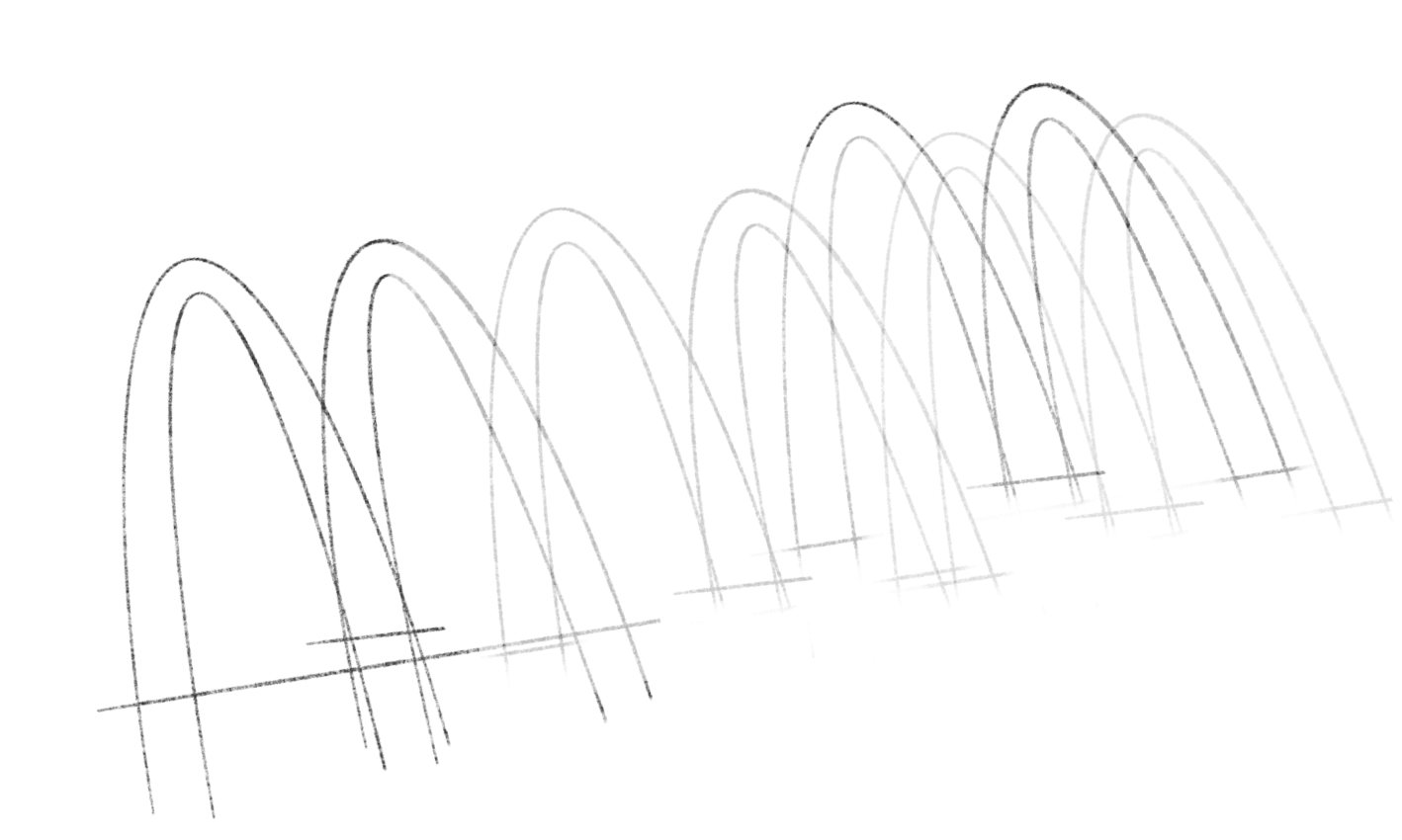5. ODEs: Steady-state Equilibria#
In the differential equations literature, the word equilibrium refers to a state of rest; one in which the state of the system remains unchanged over time. That is:
Definition 5.1
A a steady state point or equilibrium of an autonomous first-order ODE
is a time-invariant point \(\bar{\mathbf{x}} \in \mathbb{R}^{k}\) such that
Economists reserve the word equilibrium for various deeper contexts of interaction between their model’s economic actors and the environment they operate in.
Note
In economic models, e.g., in growth, auction and matching theories, or in continuous-time games, ODEs arise as equilibrium characterizations and thus are functions of deeper objects in the models. In mathematics and the natural sciences, ODEs are immediate behavioral models, much like reduced-form regression models in statistics or econometrics.
We need to be careful here. As economists, we will refer to the mathematician’s notion of equilibrium in an ODE as a steady state point. Sometimes, for color, we may also interchange this jargon with steady state equilibrium: a happy halfway house!
5.1. Stability of steady states#
Part of our understanding of the behavior of a solution of an autonomous ODE comes from being able to describe whether a steady state point that solves Equation (5.2) is stable.
Be the ball!
Imagine youself as a ball bearing resting on some point on a undulating surface. If you give that surface a jiggle the ball bearing may move away from the original point. The question is whether you would eventually return arbitrarily close to that same point or get projected elsewhere.
Let’s work through several more formal definitions of stability but we will remain somewhat agnostic about notions of distance or “closeness” here. (The follow-up exercises will get you to think more about this in specific contexts.)
Definition 5.2 (Stability)
A steady state point \(\bar{\mathbf{x}}\) satisfying Equation (5.2) is stable if any solution of Equation (5.1), \(\varphi(t)\), with initial condition \(\mathbf{x}(t_{0}) = \mathbf{x}_{0}\) that is close to \(\bar{\mathbf{x}}\), remains in the same neighborhood of \(\bar{\mathbf{x}}\) for all \(t \geq t_{0}\).
Definition 5.2 gives us the idea of a somewhat weak notion of stability: So long as we begin close enough to the rest point and if we can remain within some arbitrary sphere around the rest point forever, then we say that the steady state point is stable.
This is also known as Lyapunov stability [17]. This concept of stability only requires that small perturbations around a steady state point \(\bar{\mathbf{x}}\) result in a solution or time path that remains close to \(\bar{\mathbf{x}}\).
Exercise 5.1
Suppose \(\bar{\mathbf{x}} \in \mathbb{R}^{2}\). Illustrate on a two-dimensional plane the property of \(\bar{\mathbf{x}}\) being stable.
Next, we have a slightly stronger idea of stability:
Definition 5.3 (Asymptotic stability)
A steady state point \(\bar{\mathbf{x}}\) satisfying Equation (5.2) is asymptotically stable if it is stable and if there is a neighborhood containing \(\bar{\mathbf{x}}\) such that for any solution of Equation (5.1), \(\varphi(t)\), with initial condition \(\mathbf{x}(t_{0}) = \mathbf{x}_{0}\) in the same neighborhood, we have its trajectory converging to \(\bar{\mathbf{x}}\), i.e., \(\lim_{t \nearrow +\infty} \varphi(t) = \mathbf{x}\).
Asymptotic stability requires that that path eventually convergences back to \(\bar{\mathbf{x}}\).
Exercise 5.2
Suppose \(\bar{\mathbf{x}} \in \mathbb{R}^{2}\). Illustrate on a two-dimensional plane the property of \(\bar{\mathbf{x}}\) being asymptotically stable.
Definition 5.4 (Global asymptotic stability)
A steady state point \(\bar{\mathbf{x}}\) satisfying Equation (5.2) is globally asymptotically stable if it is symptotically stable and if any solution of Equation (5.1), \(\varphi(t)\), with any initial condition \(\mathbf{x}(t_{0}) = \mathbf{x}_{0}\) in \(\mathbb{R}^{k}\), we have its trajectory converging to \(\bar{\mathbf{x}}\), i.e., \(\lim_{t \nearrow +\infty} \varphi(t) = \bar{\mathbf{x}}\).
Global asymptotic stability extends the notion of asymptotic stability by relaxing the neighborhood of \(\bar{\mathbf{x}}\) to the entire state space \(\mathbb{R}^{k}\).
Finally, we say that:
Definition 5.5 (Instability)
A steady state point \(\bar{\mathbf{x}}\) satisfying Equation (5.2) is unstable if it is not stable.
Exercise 5.3
Suppose \(\bar{\mathbf{x}} \in \mathbb{R}^{2}\). Illustrate on separate two-dimensional planes the property of \(\bar{\mathbf{x}}\) being:
unstable; and,
globally asymptotically stable.
We have the following result for the special class of linear, autonomous system of ODEs:
Theorem 5.1 (Global asymptotic stability for linear ODEs)
Consider the linear differential equation system:
where \(\mathbf{x}(t) \in \mathbb{R}^{k}\).
Let \(\bar{\mathbf{x}}\) be the steady state of the system such that
If the eigenvalues of \(\mathbf{A}\) have negative real parts, then \(\bar{\mathbf{x}}\) is globally asymptotically stable.
Global stability is not so obvious for nonlinear systems. In fact, there are no universal results and stability would depend on the topological properties of the nonlinear map.
We can still learn something about the stability of a nonlinear system by considering a linear approximation of the nonlinear ODE map locally, about a steady state point of interest:
Theorem 5.2 (Local asymptotic stability for nonlinear ODEs)
Consider the non-linear differential equation system:
where \(G: \mathbb{R}^{k} \rightarrow \mathbb{R}^{k}\).
Let \(\bar{\mathbf{x}}\) be the steady state of the system such that
Assume \(G\) is differentiable at \(\bar{\mathbf{x}}\). Define the Jacobian matrix
If the eigenvalues of \(\mathbf{J}(\bar{\mathbf{x}})\) have negative real parts, then \(\bar{\mathbf{x}}\) is locally asymptotically stable.
